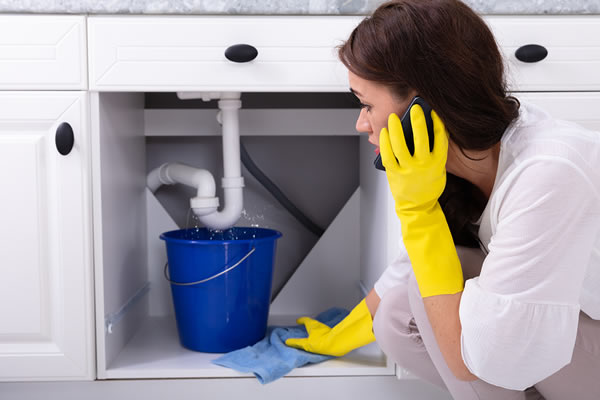Six Ways to Spot Covert Water Line Leaks Successfully
Six Ways to Spot Covert Water Line Leaks Successfully
Blog Article
What're your opinions about Finding hidden leaks?

Early detection of dripping water lines can minimize a possible catastrophe. Some small water leaks might not be visible.
1. Examine the Water Meter
Every residence has a water meter. Inspecting it is a surefire manner in which assists you find leaks. For beginners, shut off all the water resources. Guarantee nobody will flush, utilize the tap, shower, run the cleaning equipment or dishwasher. From there, go to the meter and watch if it will transform. Given that no person is utilizing it, there need to be no activities. If it relocates, that shows a fast-moving leakage. If you identify no changes, wait a hr or 2 as well as check back again. This suggests you might have a slow leak that could even be underground.
2. Examine Water Consumption
If you detect sudden adjustments, despite your intake being the same, it implies that you have leakages in your plumbing system. An abrupt spike in your costs suggests a fast-moving leakage.
At the same time, a consistent boost each month, despite the same routines, reveals you have a slow-moving leak that's additionally gradually intensifying. Call a plumber to completely inspect your home, particularly if you really feel a cozy area on your floor with piping beneath.
3. Do a Food Coloring Test
When it comes to water consumption, 30% comes from toilets. If the shade in some way infiltrates your dish during that time without flushing, there's a leakage in between the container as well as dish.
4. Asses Exterior Lines
Don't neglect to check your exterior water lines as well. Must water seep out of the link, you have a loose rubber gasket. One small leak can lose loads of water and also spike your water costs.
5. Evaluate the situation and inspect
Homeowners must make it a habit to inspect under the sink counters as well as also inside cabinets for any bad odor or mold development. These 2 red flags indicate a leak so timely interest is called for. Doing regular inspections, even bi-annually, can conserve you from a significant issue.
Check for discolorations as well as damaging as most devices and also pipelines have a life expectations. If you believe dripping water lines in your plumbing system, do not wait for it to rise.
Early discovery of dripping water lines can alleviate a prospective catastrophe. Some small water leaks might not be noticeable. Inspecting it is a guaranteed way that aids you uncover leakages. One tiny leak can lose bunches of water and surge your water expense.
If you presume leaking water lines in your plumbing system, don't wait for it to rise.
How to Know If Your Home Has a Hidden Leak
Water Meter Reveals Inexplicable Water Usage
If you’d like to test whether or not there’s a leak somewhere in your home, you can do this using your water meter. Here is how to conduct the test:
Don’t use any water in your home for at least 30 minutes; this also means not turning on faucets or water-using appliances.
Go outside, and check your water meter for activity.
If your water meter shows that there was activity, even though no one was using any water, this proves that there is a leak in your home.Visible Mold or Mildew Growth
Leaks behind walls create moist, dark environments that allow mold and mildew to grow and thrive. Eventually, you might see mold growth forming on the wall closest to a hidden leak.
If mold is growing in an area that receives a high amount of moisture, such as a bathroom, it may simply be an indication that better ventilation is needed. However, if you see mold growth on a wall or the ceiling in an area where you would not expect, you probably have a hidden leak.
Musty, Mildew Odor
Sometimes you might not be able to see the mold or mildew that is growing as a result of a leak. However, the smell can give the problem away just as easily. If you catch a whiff of something musty, there’s a good chance that old water is collecting somewhere in your home that you can’t see.
Stained/Warped Walls, Ceilings, or Floors
When your home soaks up water, a variety of red flags can become visible, including ceiling stains, bubbling drywall, warped walls, and sagging floors. While these issues can be caused by excess humidity, they can also be signs that a pipe or plumbing connection has started leaking behind your walls.
Inexplicably High Water Bill
After a while, you get a general sense for what your water bill should be. If you own a pool or sprinkler system, your bill will tend to be higher during summer. However, if you receive a water bill that seems especially high, and you can’t figure out what caused it, then you may have a hidden leak somewhere that’s increasing your bill.
https://www.plumbingjoint.com/blog/2019/july/how-to-know-if-your-home-has-a-hidden-leak/

We had been shown that report about Top leak detection hacks through someone on a different web blog. Sharing is good. Helping people is fun. Thanks for your time spent reading it.
Problem solved, just call. Report this page